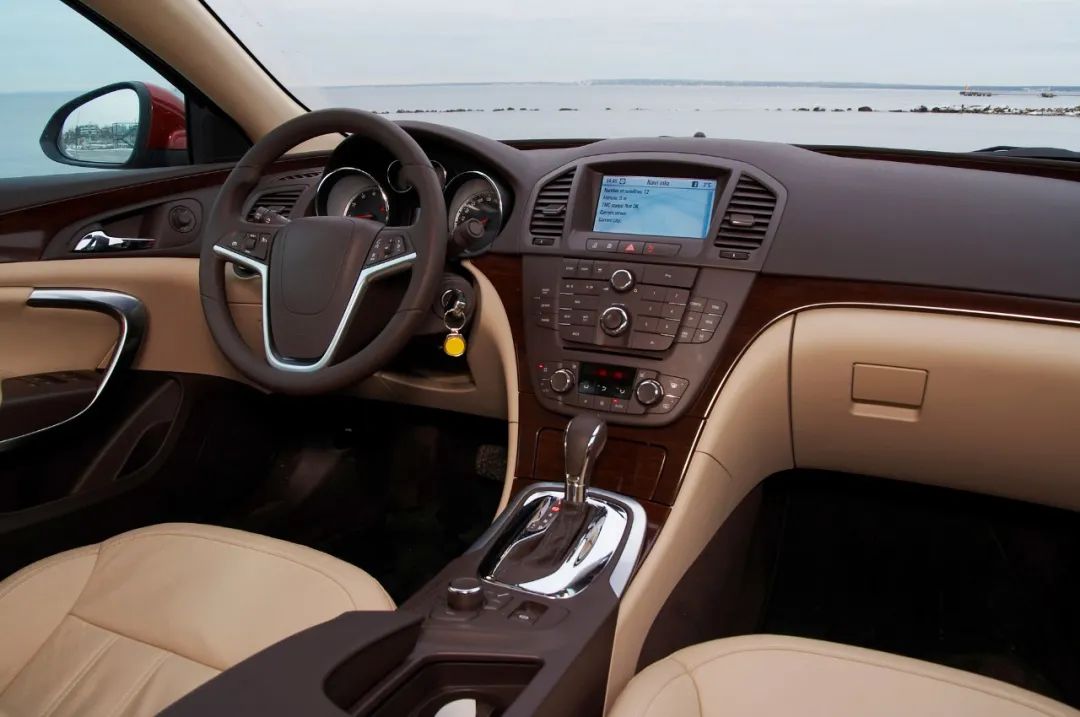With technological improvements, there has been a substantial rise in the number of changes made to cars, which have become an indispensable part of our lives. Modified materials are utilized to improve the functionality, longevity, and appearance of automobiles. Are you interested in the specific uses of modified materials in automobiles? Continue reading to discover the meaning, characteristics, benefits, and uses of changed materials in each component of an automobile.
Engine SubsystemsThe engine is the beating heart of the vehicle, and changed materials have a big impact on how well it performs.Aluminum alloys that have undergone modifications to increase their strength and endurance are used to make parts like pistons, connecting rods, and crankshafts.Additionally, titanium alloys are employed in engine parts to lighten them while maintaining strength.Engine parts are coated with advanced materials like DLC (Diamond-like Carbon) and PVD (Physical Vapor Deposition) to increase wear resistance, decrease friction, and boost performance.
Transmission Mechanism
Power from the engine is sent to the wheels through the transmission system. Transmissions are made withmodified materialsto increase durability and performance. Titanium alloys are utilized to increase wear resistance while simultaneously reducing weight with carbon fiber composites. To minimize friction and increase efficiency, high-performance bearings constructed of modified metals are employed.
System of the Chassis and Suspension
While driving, the chassis and suspension system ensure stability and comfort. In order to improve their performance, modified materials are employed. Chassis are made of high-strength steel alloys and carbon fiber composites to save weight while maintaining strength. Composite materials, which combine the benefits of metal and polymer, are employed for the suspension system. By using changed materials in the chassis and suspension system, handling, stability, and comfort are all improved.
System of braking
The brake system needs dependable and long-lasting materials since it is crucial for safety. Brake discs and pads are made from modified materials such high-performance metals and carbon ceramic composites. These materials provide enhanced tensile strength and better heat dissipation, which leads to better braking efficiency and a longer lifespan.
Internal and External Components
Both the inside and outside of automobiles are made of modified materials. In order to increase their UV stability and impact resistance, plastics are changed with additives, which makes them perfect for generating bumpers, door panels, and other external parts. To improve comfort, durability, and overall looks, interior components like the seats and dashboard are created from foam, leather, and customized materials.
결론
As you can see, changing materials have a big influence on how well automobiles function, last, and look. Although conventional materials are still utilized to make cars, customized materials are gaining popularity and are being employed to improve a variety of areas of automotive operation. Automakers may enhance their vehicles and give drivers improved safety, comfort, and aesthetics by adopting changed materials.












